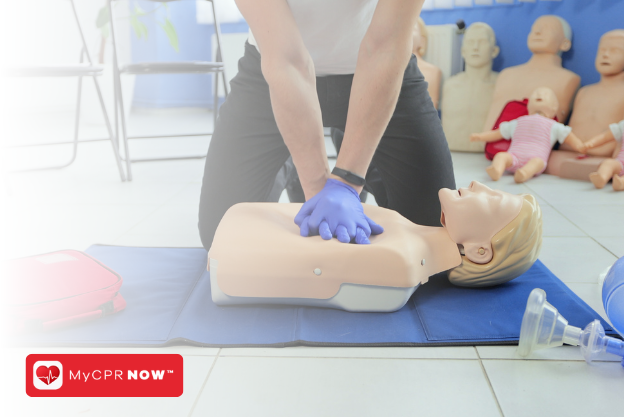
The Positive Impacts of CPR Training on Public Health
Share
Introduction:
Cardiopulmonary resuscitation (CPR) is more than just a life-saving technique; it is a powerful tool that can have far-reaching positive impacts on public health. By empowering individuals with CPR knowledge and skills, we create a community of confident responders ready to take immediate action during cardiac emergencies. In this blog post, titled "The Positive Impacts of CPR Training on Public Health," we will explore how CPR training influences public health outcomes, enhances survival rates, fosters a culture of preparedness, and strengthens the fabric of a safer and healthier society.
1. Improved Cardiac Arrest Survival Rates:
CPR training significantly increases the chances of survival for victims of sudden cardiac arrest. When bystanders initiate CPR before professional medical help arrives, the chances of survival double or even triple. By training more individuals in CPR, we create a network of potential life-savers ready to act when seconds count.
2. Strengthening the Chain of Survival:
The chain of survival involves a series of critical steps aimed at improving outcomes during cardiac emergencies. By training more people in CPR, we strengthen each link in the chain, including early recognition of cardiac arrest, prompt activation of emergency services, early CPR initiation, and access to defibrillation through automated external defibrillators (AEDs).
3. Enhancing Community Resilience:
Communities with a higher percentage of CPR-trained individuals exhibit greater resilience during cardiac emergencies. The presence of confident responders increases the likelihood of immediate intervention, reducing the time between collapse and CPR initiation, which is crucial for patient survival.
4. Empowering Bystanders as First Responders:
CPR training empowers bystanders to step forward as first responders during emergencies. The ability to take immediate action can make all the difference in life-threatening situations, especially in locations where professional medical help may take some time to arrive.
5. Spreading Health Awareness:
CPR training sessions provide an opportunity to spread health awareness beyond the technique itself. Participants learn about cardiovascular health, risk factors for heart disease, and the importance of adopting a healthy lifestyle, contributing to a healthier community overall.
6. Combating Disparities in Access to Emergency Care:
In areas with limited access to emergency medical services, CPR-trained individuals can bridge the gap and provide critical support until professional help arrives. This can be particularly impactful in rural or remote regions where medical resources may be scarce.
7. Integration of CPR Training in School Curriculums:
Introducing CPR training in school curriculums equips the younger generation with life-saving skills early on. By instilling a culture of preparedness at a young age, we create a future generation of responsible and compassionate citizens who are capable of responding to emergencies.
8. Building Trust and Social Cohesion:
CPR training fosters trust and social cohesion within communities. Knowing that there are individuals prepared to respond in emergencies creates a sense of security and unity, strengthening the social fabric and promoting a shared commitment to public health.
Conclusion:
The positive impacts of CPR training on public health are profound and far-reaching. By increasing the number of CPR-trained individuals, we improve cardiac arrest survival rates, strengthen the chain of survival, and enhance community resilience. Empowering bystanders as first responders and integrating CPR training in school curriculums further reinforce the culture of preparedness in society. CPR training not only saves lives during emergencies but also spreads health awareness and combats disparities in access to emergency care. Ultimately, by investing in CPR training and promoting a culture of preparedness, we contribute to a safer, healthier, and more cohesive society.

